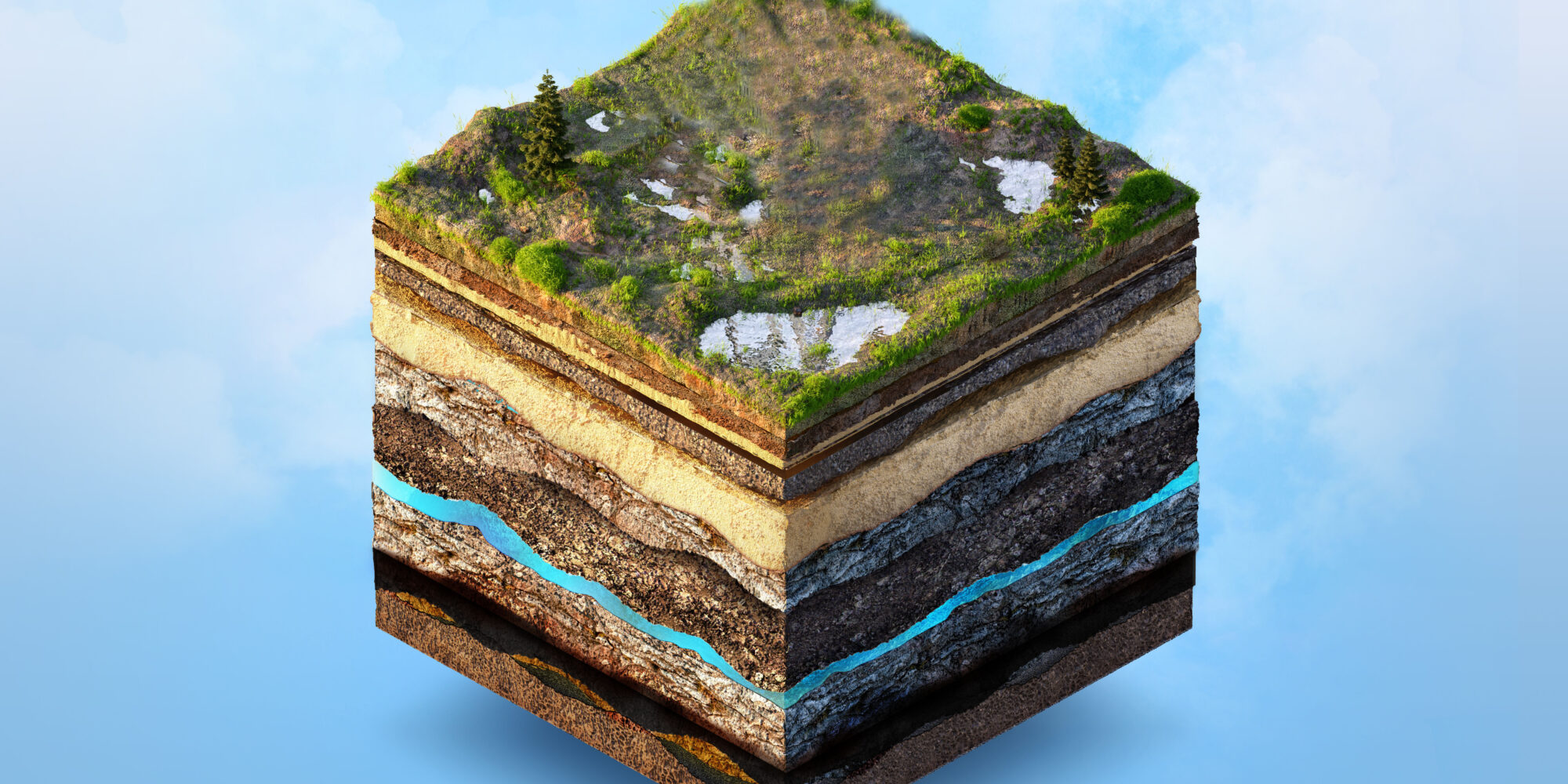How to Integrate Geotheta right into Your Geotechnical Engineering Projects
How to Integrate Geotheta right into Your Geotechnical Engineering Projects
Blog Article
Diving Into Geotechnical Solutions: the Essential Duty of Soil Analysis, Quake Danger Evaluation, and Geosynthetics in Structure Sustainable and Safe Frameworks
Dirt analysis, quake danger evaluation, and the application of geosynthetics are important parts that ensure the honesty and durability of structures. By comprehending the composition of the dirt, anticipating seismic dangers, and incorporating innovative products, engineers can mitigate dangers and enhance the strength of facilities.

Value of Dirt Analysis
Comprehending the relevance of soil analysis is vital in ensuring the structural honesty and security of any building job. Dirt evaluation provides important info regarding the dirt make-up, strength, and potential risks that may affect the foundation of a structure. By carrying out thorough soil analysis, engineers can identify the appropriate foundation design, building methods, and essential precautions to mitigate any possible threats.
One of the key reasons dirt analysis is vital is its role in determining soil residential or commercial properties that might affect the stability of a building. Variables such as dirt bearing ability, negotiation characteristics, and water material can dramatically affect the structural efficiency of a building and construction project. Without proper soil analysis, the foundation might go to danger of settling unevenly, resulting in structural damages or also collapse gradually.
Furthermore, soil analysis aids in analyzing the threat of natural catastrophes such as landslides, floods, or quakes. By recognizing the dirt's habits under different problems, engineers can implement ideal procedures to boost the strength of the structure and ensure the safety and security of residents. geotheta. To conclude, dirt evaluation is a basic action in the building and construction process that ought to never be forgotten
Assessing Earthquake Dangers
Given the vital function of soil evaluation in determining architectural security, it is crucial to also analyze earthquake dangers when planning and creating buildings and facilities. Quake risk evaluation includes assessing the prospective seismic hazards that a site might face based upon its place and geological features. This process assists designers and developers comprehend the degree of risk presented by quakes and help in creating structures that can stand up to such occasions.
Assessing earthquake dangers normally involves examining historic seismic task in the area, identifying the site's proximity to mistake lines, and assessing the dirt composition to predict how the ground will certainly reply to seismic waves. By carrying out a detailed earthquake threat assessment, designers can implement suitable mitigation procedures, such as integrating seismic-resistant layout functions right into structures, to improve their strength versus quakes.

Role of Geosynthetics
Geosynthetics play a vital duty in improving the performance and toughness of civil design frameworks. One key facet of geosynthetics is their reinforcement capability, where they can enhance the stamina of soils, offering improved assistance for roads, embankments, and maintaining wall surfaces.
They are additionally utilized in water drainage applications to assist in the efficient circulation of water, avoiding saturation and disintegration of soil. In enhancement to their technical features, geosynthetics are valued for their sustainability, as they can decrease the need for all-natural resources and reduced construction expenses.
Building Lasting Structures
The execution of ecologically aware techniques in building is crucial for cultivating the development of lasting frameworks. Structure lasting structures involves utilizing materials and layout strategies that reduce environmental effect, minimize power usage, and promote long-lasting resilience. Incorporating sustainable practices such why not look here as using recycled products, maximizing energy efficiency, and carrying out environment-friendly building qualifications like LEED can significantly enhance the ecological efficiency of a framework.
One key aspect of structure lasting frameworks is the effective use of resources. This includes designing structures that optimize natural light, ventilation, and insulation to lower the reliance on artificial lighting, heating, and cooling systems. Additionally, incorporating renewable resource resources such as solar panels or wind turbines can even more lower the carbon footprint of a building while also potentially reducing lasting power expenses.
Additionally, sustainable frameworks often focus on water preservation by incorporating functions like rainwater harvesting systems, low-flow fixtures, and drought-resistant landscaping. By taking on these eco-friendly techniques, construction tasks can not only minimize their ecological influence however additionally add to creating healthier and much more resistant developed settings for future generations.
Ensuring Safety in Construction
In the world of sustainable construction methods, a basic concern is ensuring the safety of all workers associated with the structure procedure. Safety and security in building includes various aspects, including using proper personal protective devices (PPE), adherence to security methods, regular training on hazard recognition and reduction, and the application of emergency action strategies. Building sites are naturally high-risk atmospheres, with possible dangers ranging from falls and dropping items to architectural collapses and electric crashes (geotheta). It is vital for building and construction companies to focus on safety and security actions to prevent injuries and mishaps.

Final Thought
Finally, soil analysis, quake threat analysis, look at here now and making use of geosynthetics play vital roles in making certain the sustainability and security of structures. By comprehending the homes of soil, reviewing earthquake risks, and using geosynthetics for reinforcement, engineers can develop structures that are both durable and resistant. It is crucial for building specialists to prioritize these geotechnical services to produce risk-free and lasting structures for the future.
Dirt evaluation, quake risk assessment, and the implementation of geosynthetics are essential components that guarantee the integrity and longevity of buildings. Soil evaluation gives vital information about the dirt composition, strength, and prospective risks that might influence the structure of a framework.One of the main reasons dirt evaluation is crucial is its role in recognizing soil properties that might impact the stability of a structure.In verdict, soil evaluation, earthquake threat evaluation, and the use of geosynthetics play crucial roles in guaranteeing the sustainability and safety of frameworks. By comprehending the homes of dirt, assessing quake risks, and making use of geosynthetics for support, designers can build frameworks that are both resilient and durable.
Report this page